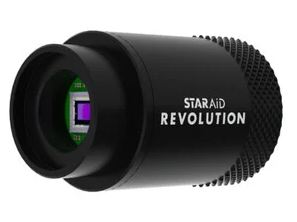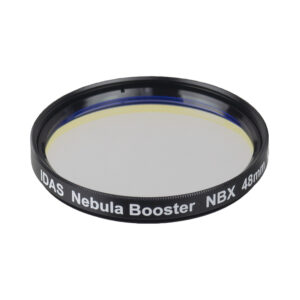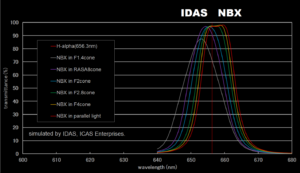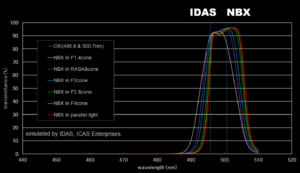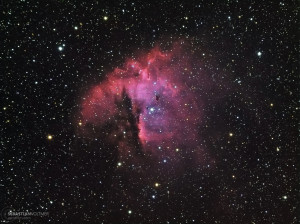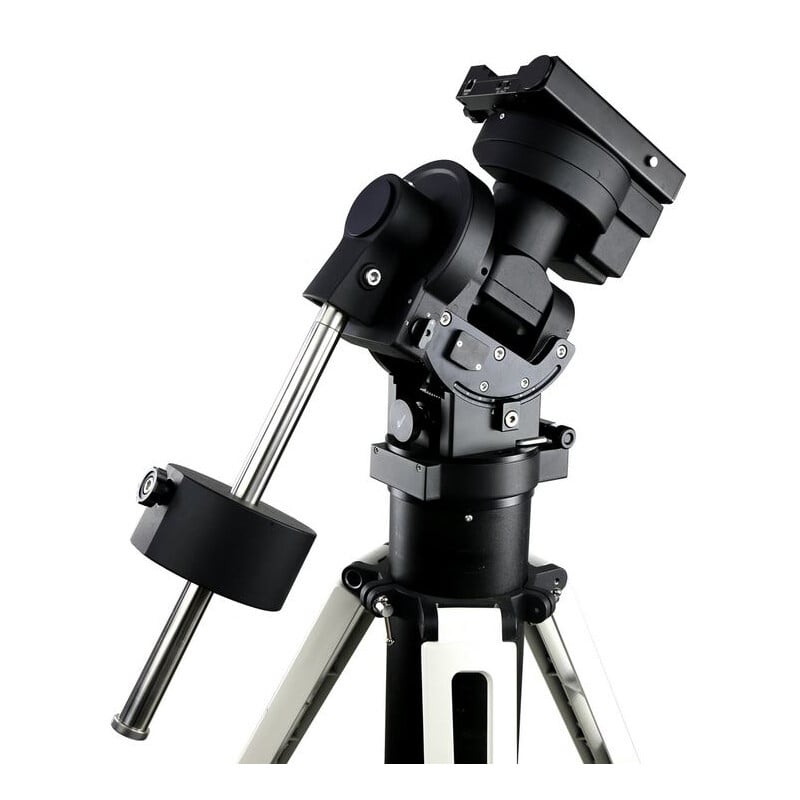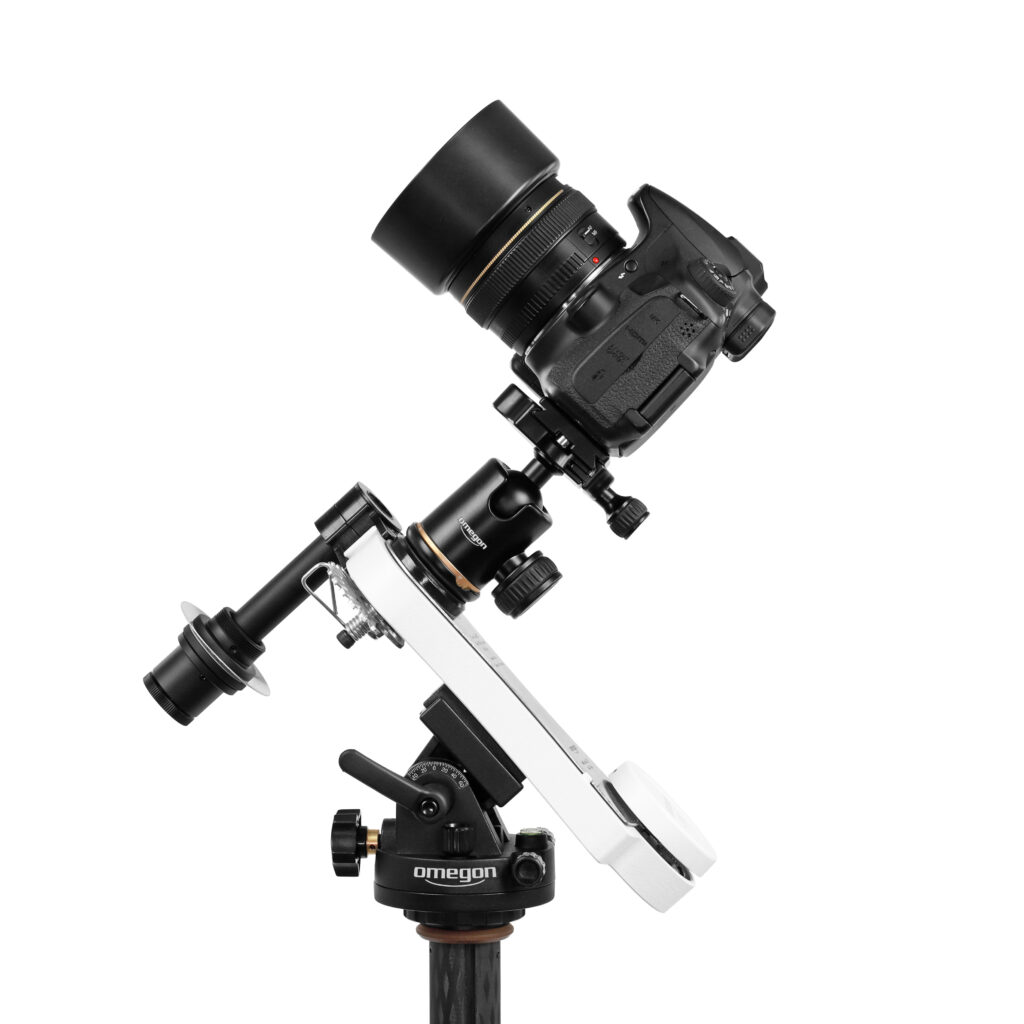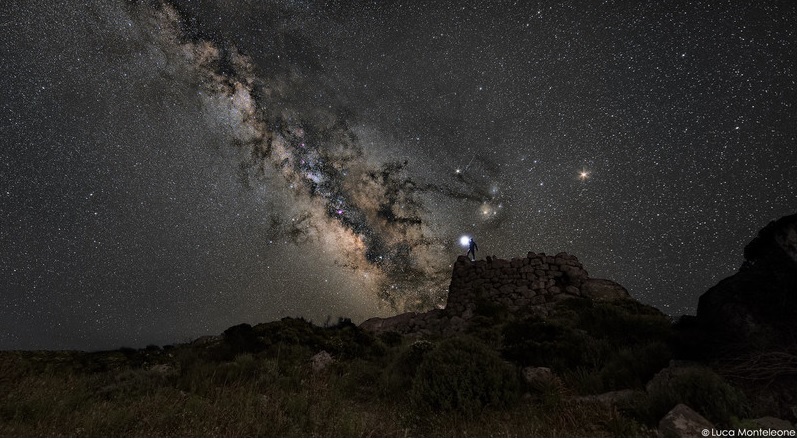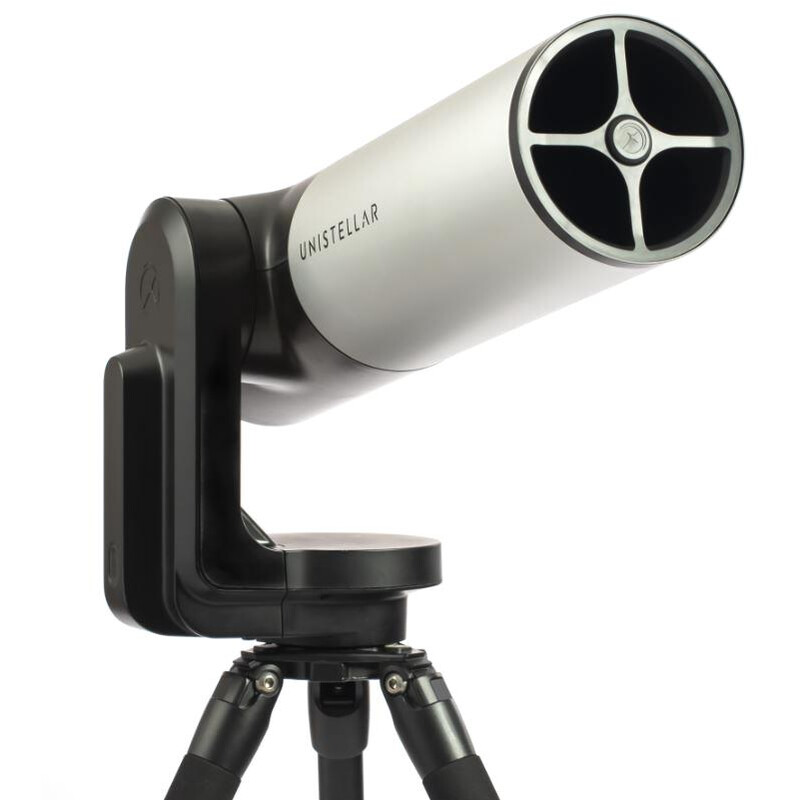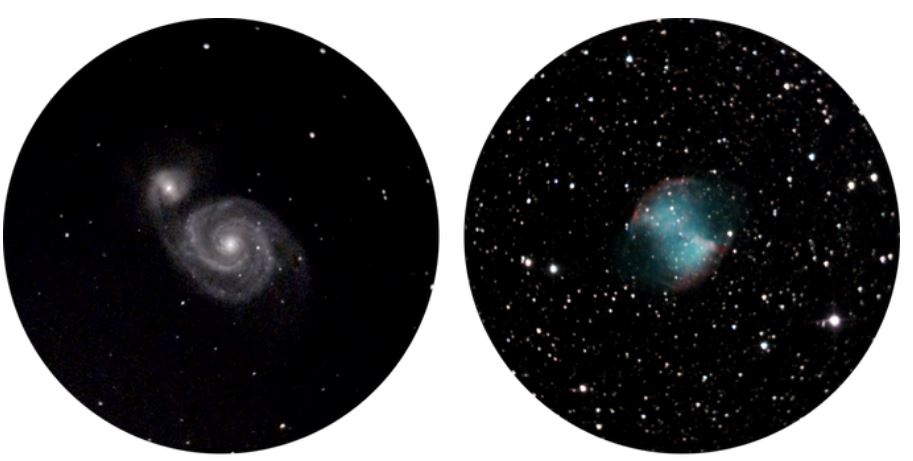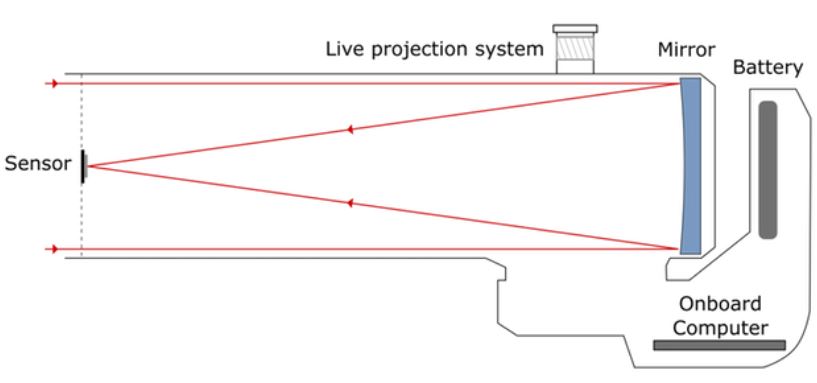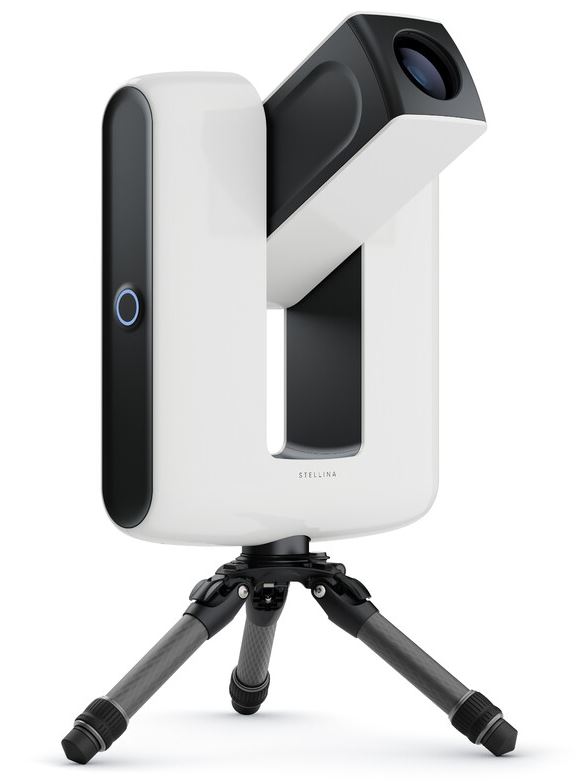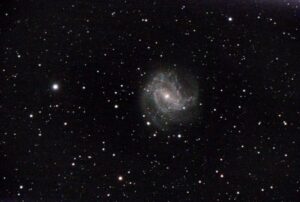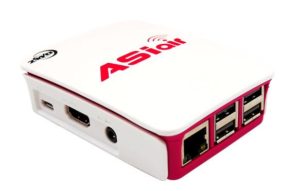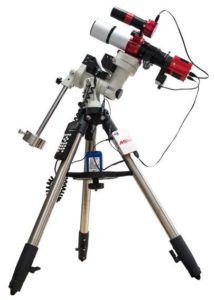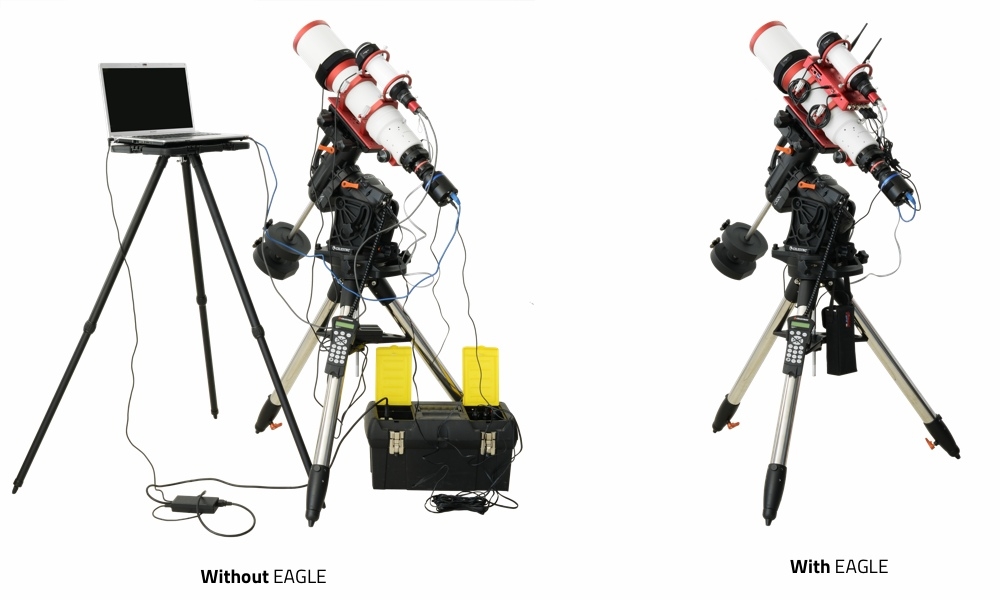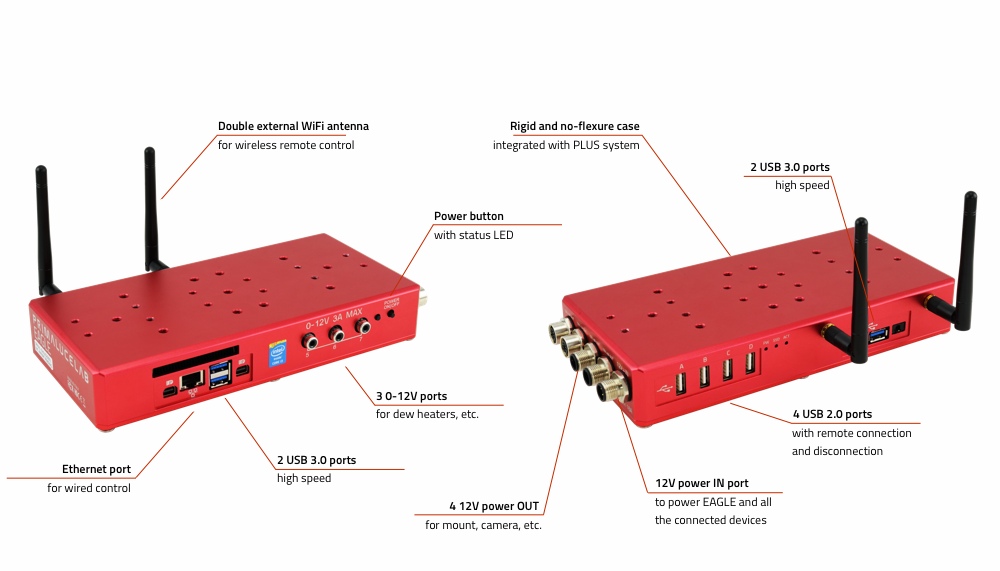Under its own brand, Radian, the American telescope retailer OPT is now launching a high-performance, top-quality, and super-portable apochromat with triplet lens design, which has already created a great deal of enthusiastic anticipation among astrophotographers. The Radian Raptor is a light and compact photo machine which, with an aperture ratio of f/4.5, will, above all, ensure amazing deep sky images. With a shorter design and weighing just 1.8kg, the telescope can be attached to photographic tripods and travel mounts such as the Skywatcher Star Adventurer or the iOptron SkyGuide without any problem. This makes it a perfect travel companion that can be easily transported in the padded backpack supplied and fits in any hand luggage.

OPT has thought of everything you might need for successful astrophotography in this triplet apochromat:
A fast aperture ratio of f/4.5 allows short exposure times, ensuring that the Radian Raptor stands out as a fast wide-field device – ideal for images of emission nebulae, galaxies and star clusters.
The use of premium glass, coupled with multi-coated surfaces, results in this triplet apo’s colour-true, high-contrast and very sharp imaging capabilities. An already built-in corrector flattens the entire field of view, shows needle-sharp stars right up to the edges and so makes the use of full-frame sensors a pleasure. In addition, there is no need to purchase an additional flattener or reducer.
With a focal length of just 275mm, you have an ultra-compact telescope for extensive wide-field images: objects such as the Veil Nebula or the Horsehead Nebula in the constellation Orion fit completely into the field of view of a full-frame sensor. Here is an image of the California Nebula captured by the 61mm Radian Raptor:

A solid, rotatable 2.5″ rack and pinion focuser with a high load capacity and the 1:10 fine focusing ensure a stable connection to your camera and precise focusing. The hexagonal tube clamps have differently-threaded holes to attach various accessories and integrated cable channels in the clamps reduce cable clutter. Especially for astrophotography, other equipment such as guidescopes, dew heaters, control modules or remote controls are usually required in addition to the telescope itself. The Radian Raptor is designed by astrophotographers and takes all possible applications into account. The recommended back focus of 55mm can be achieved and precisely adjusted with the adapters included.
Another treat is the inclusion of two bars for attaching to your mount: a 4″ Vixen dovetail bar and a 6.5″ universal Losmandy bar with a correspondingly-wider surface area. Both bars also have threads to attach the Raptor to a photo mount. With these you have compatibility with all mounts/dovetail clamps.
Finally, you get a waterproof and padded backpack to safely store the Radian Raptor, which also offers space for a CMOS camera and other small items.
Experience a new chapter in astrophotography and optimise your equipment with the Radian Raptor**!
(**available from mid-November 2020 from us here at Astroshop!)

